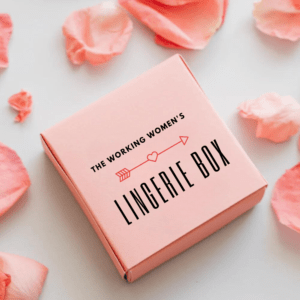Crossdressing is a practice where individuals wear clothing and accessories traditionally associated with a gender different from the one they were assigned at birth. This behavior can encompass a wide range of motivations, contexts, and identities.
Types and Motivations for Crossdressing
- Personal Expression: For some, crossdressing is a form of self-expression and exploration of their gender identity. It allows them to experiment with different aspects of their personality and appearance.
- Performance: In the context of performance art, crossdressing is common in activities such as drag shows. Drag queens and kings adopt exaggerated versions of gender stereotypes for entertainment, often emphasizing humor, satire, or artistic expression.
- Cultural and Historical Context: Crossdressing has historical roots in various cultures and contexts. In some societies, it has been a means of survival or gaining access to opportunities otherwise denied based on gender.
- Comfort and Preference: Some individuals simply find the clothing of another gender more comfortable or aesthetically pleasing. This preference does not necessarily relate to their gender identity.
- Gender Identity Exploration: For those questioning or exploring their gender identity, crossdressing can be a way to understand their feelings better and to see how they identify.
Misconceptions and Clarifications
- Not Necessarily Linked to Sexual Orientation: Crossdressing is about gender expression and does not indicate anything about a person’s sexual orientation. Crossdressers can be of any sexual orientation, including heterosexual, homosexual, bisexual, or asexual.
- Different from Being Transgender: While some transgender individuals may crossdress during their transition, crossdressing itself does not mean a person identifies as transgender. Transgender people experience a disconnect between their gender identity and their assigned sex at birth, whereas crossdressers may not necessarily feel this way.
- Social and Psychological Aspects: Crossdressing can provide a sense of relief, joy, or completeness for those who engage in it. It can also be a form of self-care or a means to cope with stress.
Acceptance and Inclusivity
In recent years, there has been increasing recognition and acceptance of diverse gender expressions, including crossdressing. However, societal attitudes can still vary widely, and crossdressers may face stigma or misunderstanding.
Conclusion
Crossdressing is a multifaceted practice that serves various purposes for different individuals. Whether for personal satisfaction, performance, exploration, or comfort, it is a legitimate form of gender expression. Understanding and respecting crossdressing helps foster a more inclusive society where everyone can express themselves freely.








Add comment